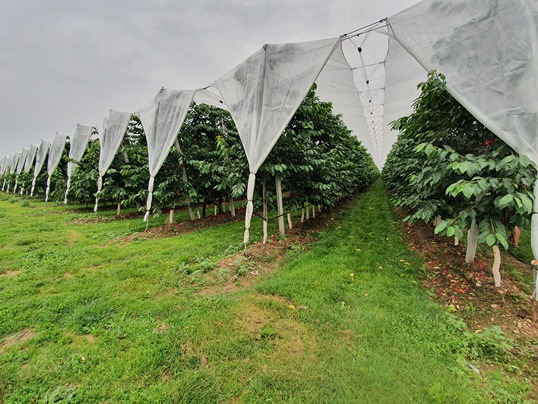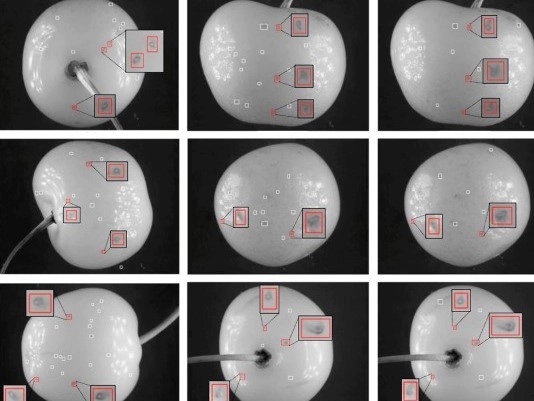Inocencio Manuel Sánchez knows the world of cherries well. Today, he is the acting vice president of the Cepeda Spanish cooperative for 26 years, where the season has not yet started because they are waiting for the fruit to ripen.
The reality is that less and less cherries are being produced in provinces like Salamanca and, in particular, in the Sierra: he recalls that his cooperative managed to collect 130 tons of cherries intended only for industry and this year he hopes to reach 70 tons, but including also the market cherries, the ones sold in stores.
Additionally, a significant amount of cherries remain unharvested on the trees due to the advanced age of those who still take care of the cherry trees and the lack of labor. Inocencio Manuel Sánchez is not surprised. “Agriculture is disappearing in the Sierra,” he warns, and emphasizes that it can become problematic to sell, for example, cherries, for a small producer or a small cooperative.
What's the process?
Manuel explains that in his cooperative, it is the farmer who picks the cherries from the tree. He selects and classifies them by size. And he is the one who puts them in the crates that he pays for. "Before," he says, ”they used to buy cherries of size 22 and now no one wants them, they have to be over 24. Then he brings them to the cooperative where they are labeled, registered with traceability... and every day they are taken to sell. Now they ask us for a pallet of 700 kilos and if we produce 300, what do we do with the rest?".
"Before," he adds, ”we used to take them to the market ourselves. A truck used to come to take them to Asturias, now they are transported in an isothermal van, from the farmer or the buyer".
Regarding the selling process, he says that in this case it is the small cooperative or the small producer who speaks directly with the potential buyer and the first thing they learn is that “the price changes every day”. "It can also happen that the crates remain unsold because it's a bad day or because another fruit arrives that, being a perishable product, they don't want that day."
"That's how things go," he says.
How much does the farmer get paid?
"In stores, cherries can be found at around 5 euros per kilo, but also at 7 or 11-12 euros for the larger ones". Manuel claims that for the farmer, they are about 1.40-1.80 euros per kilo, but from here costs must be deducted. “I wish they would give us at least a third of what the consumer pays, we would be happy,” he says.
“The farmer pays the commission to the roaster, the box costs about 50 cents for two kilos, there are postal expenses, labor...”. “We talked about how it would be nice if they sold them for 7 and gave us 2.5”.
Why are the cherries not being harvested?
Manuel explains that many of the cherry owners are retired and their children might not be able to reach the harvest. And for him, hiring workers is an impossible task. He explains the reasons, apart from the first, which is that young people do not want to work in the fields “because it doesn't pay”.
"Moreover," he adds, ”you can't hire someone and tell them: I pay you 50 and another 50 for me, or something else, because until the end of the season you don't know how much you will be paid. I still remember a year when they paid us 7 cents per kilo. If you hire someone, you have to tell them how much and you can't risk losing money on top of that".
Is there a solution?
"If we farmers got together... When the grouping of 6 villages Frutas de Salamanca was in operation, cherries for industry were sold in Valencia at 166 pesetas per kilo (0.99 euros per kilo). Now, 20 years later, we are talking about 90 pesetas for those destined for industry," he emphasizes.
Is it the same for olives?
"It's the same thing. In the past two years, they have been worth a little more” and he talks about a little over one euro this year and 0.75 cents the previous year. "People know they had to pay more because then you go to the supermarket and find a 100-gram bag for 90 cents, or even a euro...".
"Here, when the pandemic hit, everything stopped, prices were lowered because there were no sales and we are still in this situation," he explains. And without this, he concludes, it is difficult to produce cherries.
Source: La Gaceta
Image: La Gaceta
Cherry Times - All rights reserved










